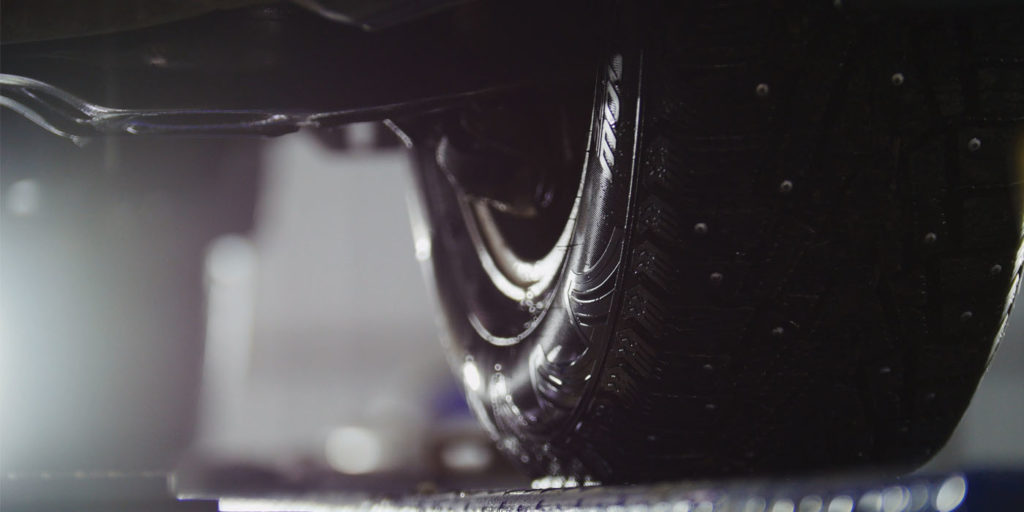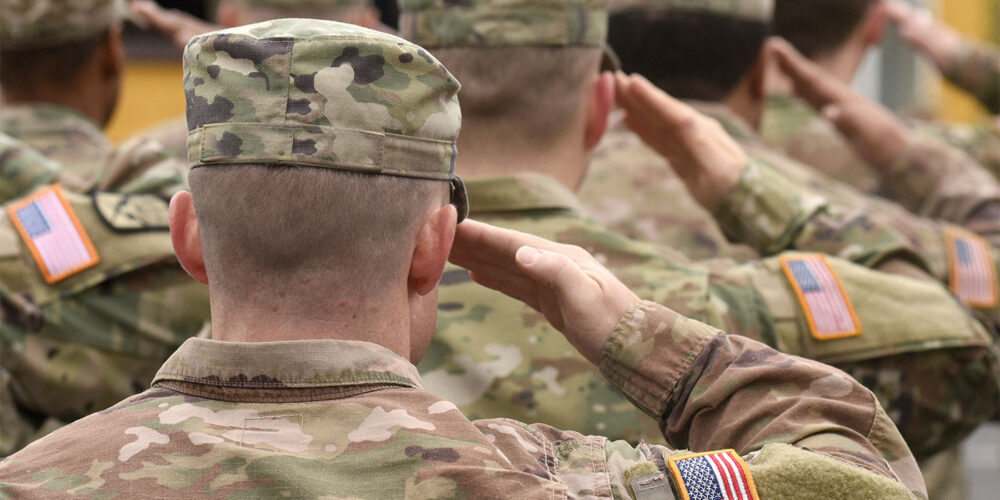Collision repair technicians spend hours or even days getting a car back to OEM specs – straightening the vehicle’s structure, replacing parts and refinishing.
And yet, after all of that work, they hand over the vehicle to another shop to balance tires or perform a wheel alignment. Why?
A recent survey done by Chief Collision Technology found that more than 58% of collision repair facility owners outsource wheel alignments. The top three reasons given were:
- Not enough demand
- Lack of space
- Costs associated with bringing alignments in-house
Yet many shops don’t think about the hidden costs of outsourcing alignments. Wheel alignment services are an important part of the automotive repair process, and when a shop chooses to outsource those services to another shop, they put their profits, cycle times and reputation in someone else’s hands.
Let’s take a look at why shops outsource alignments and find out how bringing alignments in-house can improve productivity, profitability and customer satisfaction.
Reason No. 1
There’s not enough demand for wheel alignments.
Approximately 32% of collision shop owners feel that there is not enough demand to bring alignment work in-house. However, only one-third (31%) of shop owners are checking each vehicle to see if an alignment is needed. If shops bring alignment services in-house and check every vehicle during the estimating process, they can determine if a vehicle requires an alignment, and this in turn is likely to lead to more alignments and generate additional revenue.
Another reason checking each vehicle’s alignment is important is because most collisions cause some type of suspension damage, so not only are shops missing out on a potential revenue opportunity, but by not checking to see if an alignment is needed, they could be putting their customers at risk.
The final and one of the most important reasons to consider adding alignments services is that, with more ADAS-equipped vehicles out on the road, measurements and alignments (both structural and wheel) are becoming an important part of collision repair. Even a small bumper repair or glass replacement can now require an alignment.
OEMs are now requiring both ADAS calibration and wheel alignments as part of the repair workflow process. Why? Vehicles equipped with ADAS, especially lane assist and front collision avoidance braking, need to be properly aligned with how they are traveling down the road. If a vehicle is not properly aligned and ADAS is not properly calibrated, the ADAS features won’t work correctly, putting the safety of the vehicle occupants at risk.
Let’s say, for example, a steering angle sensor is adjusted during a repair but it’s not done correctly. The forward-facing camera, which controls the lane departure warning, thinks the steering wheel is turned and signals the vehicle to correct the steering to stay on the road. Consequently, this causes the vehicle to travel outside of the traffic lanes and compromises the vehicle’s safety.
By adding wheel alignment services, shops can ensure the vehicle was properly repaired. If wheel alignments are outsourced and something goes wrong down the road, your shop is the one that will be on the hook for the repair, not the other shop. So why put your reputation in someone else’s hands?
Reason No. 2
There’s not enough space in the shop to dedicate a bay for alignments.
Another reason more than half (57%) of collision shop owners said they outsource alignments is because they don’t have enough space in their shops. However, alignment equipment isn’t a one-size-fits-all solution.
Seek out alignment systems that don’t require large camera towers or ones that offer portable or tower-free design options. These systems can be configured to work within a shop’s existing space and, more importantly, give technicians the ability to perform alignments in any bay that has an existing frame rack, bench or two-post lift. This means no dedicated bay is required.
Reason No. 3
I’ll have to hire a specialized alignment technician.
Performing an alignment incorrectly can have a huge impact on the handling and safety of a customer’s vehicle, so it’s important to do things right. However, that doesn’t mean a shop needs to hire a dedicated alignment tech. While today’s alignment systems may be technologically sophisticated, they are very user-friendly and easy to understand. With a little training (often provided free of charge by the company you’re purchasing the alignment equipment from), technicians can quickly and easily be prepared to take on the work.
Reason No. 4
Alignment equipment is too expensive.
Alignment equipment can be expensive, but so are longer cycle times and lost productivity.
Half of collision repair facility owners felt that adding alignment services is too expensive an investment to make. However, it can be an investment that shops can easily offset and one that can bring in additional revenue almost immediately. When alignments are performed in-house, shops keep a much larger portion of the profit, which can help offset the cost of the investment over time.
Not to mention, there are hidden costs of outsourcing alignments. More than half (53%) of shop owners said that outsourcing had a negative impact on their cycle times, which also impacts productivity.
Most alignment jobs only take about 15 minutes. However, when repairs are outsourced to another shop, it can take a lot longer. The alignment is now at the mercy of the other shop’s schedule, also having to send out two technicians to transport the vehicle from one shop to the other. By bringing alignment in-house, technicians stay put, more work gets done, customers get their vehicles back sooner and profits stay in-house.
Summary
Outsourcing alignments can be an expensive shortcut. Consider the time and energy that is required to outsource. When you take into account longer cycle times, decreased productivity, customer experience and the potential impact outsourcing can have on a shop’s reputation, is outsourcing really worth it?
Mike Croker is the global repair and training product manager at Chief Collision. He is an advisor for various technical school organizations and a National Technical Committee member with SkillsUSA. Croker uses a hands-on approach as an I-CAR instructor and is an ASE subject matter expert for structural analysis and damage repair.














